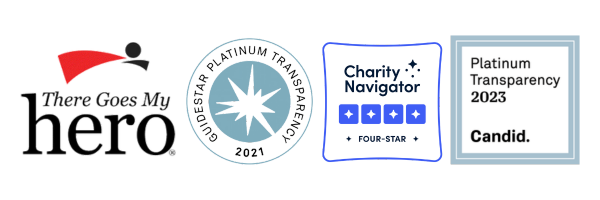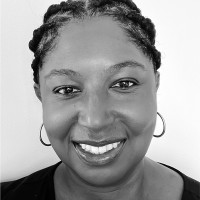Anne Gunning’s Story
Meet Anne Gunning
When Anne Gunning was diagnosed with blood cancer, she faced a challenging journey that included not finding a bone marrow donor and undergoing a stem cell transplant using her own stem cells. Now, as a dedicated volunteer with There Goes My Hero, Anne shares her inspiring story to raise awareness about the critical need for diversity in the bone marrow donor registry and to inspire others with her message of hope and resilience. Here’s a closer look at her story.
What were some of the immediate thoughts and emotions you experienced when you were diagnosed?
I was relieved because it took a very long time for me to get a diagnosis. After months of doctors’ appointments and tests, I was actually relieved to finally know what was wrong with me.
Can you describe the process of finding a bone marrow donor?
I was not able to find a donor. Fortunately, I was able to use my own stem cells and undergo an autologous stem cell transplant.
How did your family and friends react to your diagnosis and the need for a donor? In what ways did their support affect your journey?
My family and friends were amazing. They just pitched in to help however they could. They ran errands, drove me to appointments, helped out around the house, and just did what they could to keep my spirits up.
What were some of the most challenging moments for you during treatment? Are there any moments of hope that stand out in your memory?
The toughest moment for me was when I did not go into remission after my first round of chemo. It meant that my journey was going to be long and difficult, and my chance of survival was very low. Fortunately, I qualified to participate in a late-stage trial which put me into remission and allowed me to move forward with the Stem Cell Transplant.
How did the diversity (or lack thereof) in the bone marrow donor registry affect your search for a match and your overall experience?
I knew that my chances of getting a match on the registry was virtually impossible given my ethnic background. I’m of Caribbean descent. If I was not able to use my own stem cells (autologous process), I probably would not have survived, so I was very lucky.
What message would you like to convey about the importance of diversity in the bone marrow donor registry to others who might be considering joining?
It is incredibly important to expand the number of people on the bone marrow donor registry. The more people on the registry, the greater chance patients have of finding a donor. I’ve hosted and supported swab events to encourage people from all racial and ethnic backgrounds to join the registry. I try to educate people about the process whenever possible. I also think it’s very important that people understand that bone marrow therapies and treatments can be used to fight many types of disease, not just blood cancers.
What advice would you give to someone who is newly diagnosed with blood cancer?
Get a support system! Get a social worker or a therapist who has experience working with people going through cancer or critical illnesses. The process is long, and it will be unique since everyone’s experience is different. Be patient with yourself and take it one day at a time.
How do you feel about sharing your story now, and what message do you hope to convey?
I am 12 years out from my transplant and I’m doing well. But I know that my story could have been very different. I try to be respectful of everyone’s journey— I am very cautious when talking to patients that are in treatment because I know it is a very scary and challenging process. Everyone’s situation is different.
I know what I went through, but my journey was very unique to me. That being said, I always want to encourage patients and their families to have hope, and I try to do whatever I can to support organizations that work with families and patients.
Anne’s journey is a powerful reminder that sharing our stories can make a difference. If you’re inspired by Anne’s experience, consider sharing your own story to help raise awareness and drive change. Click here to find out how.

